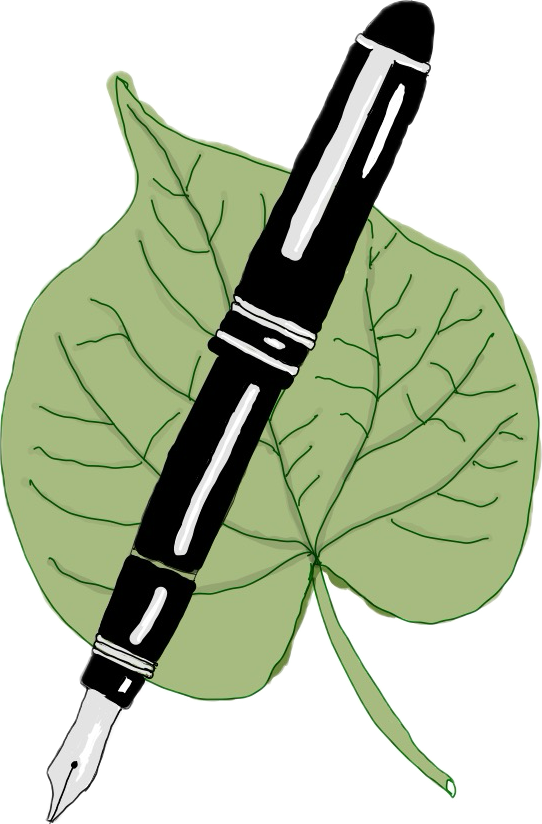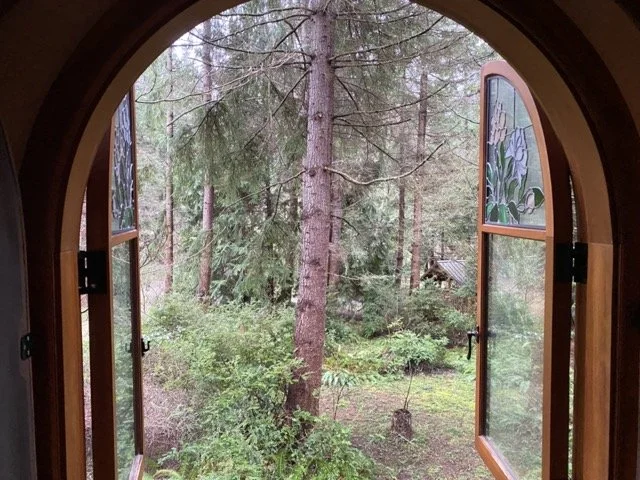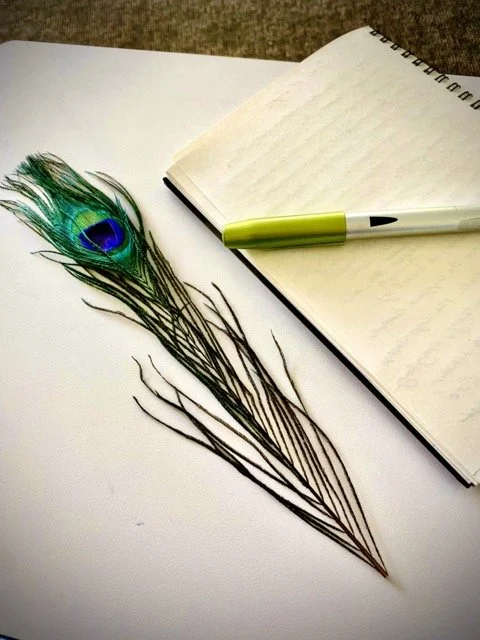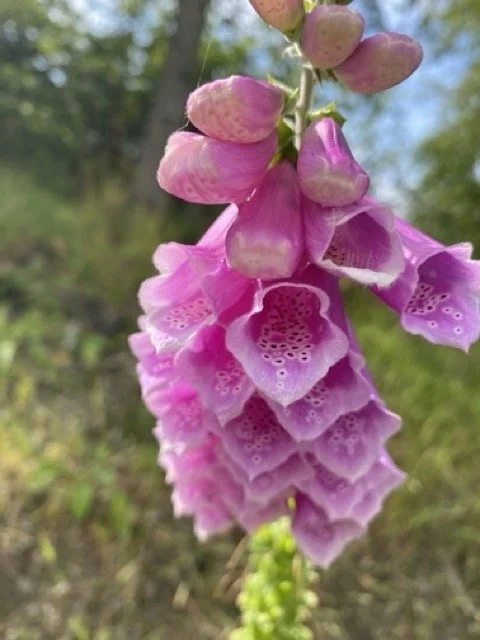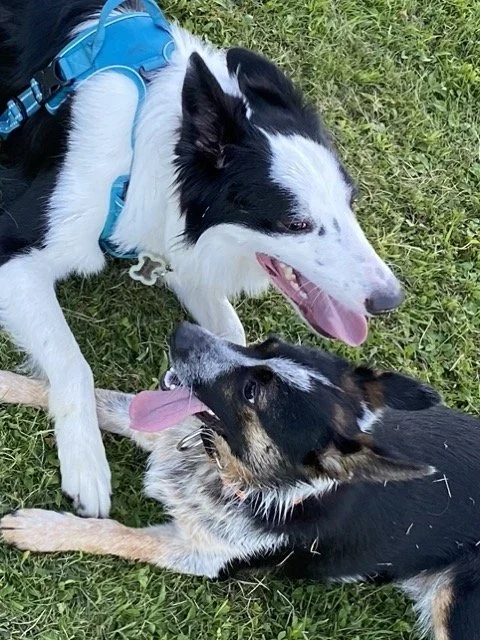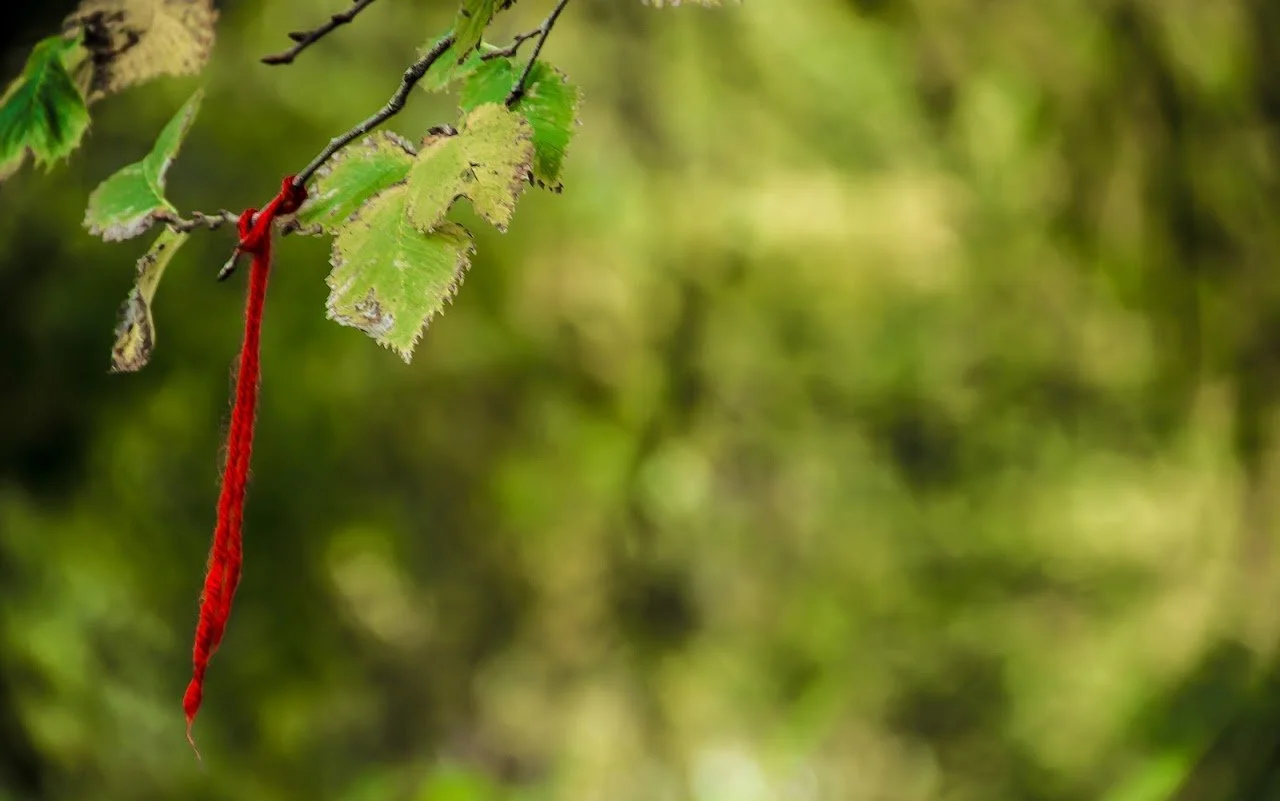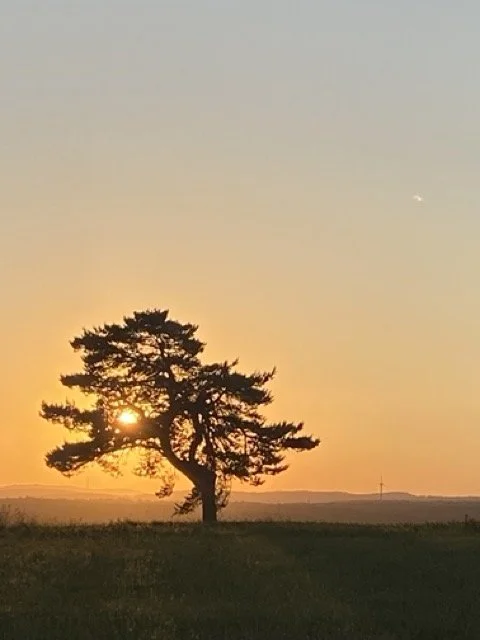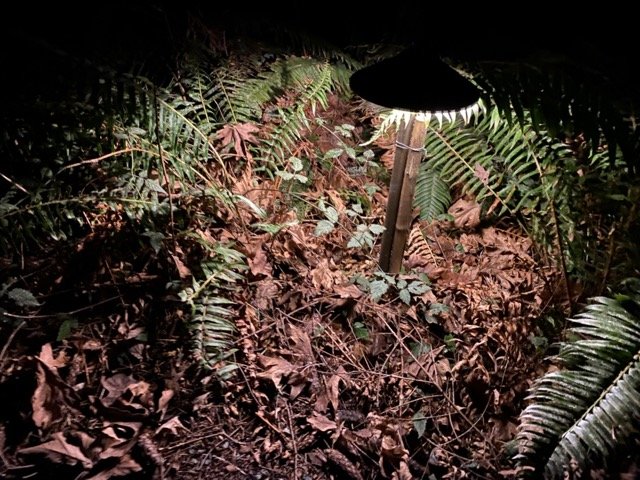
Why should botanists write stories?
"...narrative comprehension is among the earliest powers of mind to appear in the young child and among the most widely used forms of organizing human experience…"
Jerome Bruner
The Narrative Construction of Reality, 1991
One answer to the question why storytelling is good for plant biologists is that engaging in the creative process activates a different part of our brain ––the part that is responsible for pushing science forward in leaps and bounds. The effects are measurable, as described in this short report in The Guardian.
The second answer has more to do with products of creative writing:
knowledge you can't share with others makes you lonely. The inability to share knowledge you know others might desperately need causes depression. Stories re-connect people to each other, to knowledge, to emotion, and to the world.
Learning plant biology, just like learning any other specialized knowledge, opens your eyes to details missed by others. Knowledge blows open the world into stories; a woodland or a field of wheat no longer exists just as scenery, but as myriad observations, which turn into questions, into wonder, worry, amazement, and fear.
Anyone who has experienced this also knows how deeply this knowledge can divide your experience of the world from that of others around you: Looking at your neighbor's lawn, you may immediately see the absence of any dicot plants and thus know that the lawn has been sprayed. You may also know that 2,4-D remains the only selective herbicide, and that rates for certain cancers at least double for pets and children in a household that uses lawn chemicals. As you watch your neighbor's children and labrador playing under the sprinkler, you may wish for gentle ways to talk about what you see.
Much of what we know about plants - the many details of their lives that define our dependence on them and their vulnerability to human action - must be understood by others if we are to survive on this earth. To sink into the place in the human brain where decisions are made, these details must be tied to emotion. Story, one of humanities oldest teaching tools, forges that connection.
To quote Lebanese conservationist Myrna Semaan from a CNN story on protecting the cedars of Lebanon: "This is beyond science. It has to come from the heart".
photo credit: Christopher Van der Meyden
Story can tie readers' heart-strings to plants, can open their eyes, and can help them to make informed decisions about how they live their lives, where they invest their time and their resources, and which causes they will support.
The writing and telling of stories is an art--not just a gift, but also a craft. It can be learned, but few schools teach scientists how to do it. The Writing Resources pages on this site assemble many tools to help you improve. As in any craft, there is no need to read all of the manuals before you start. Pick one tool, start experimenting, listen to your readers, and come back for more tools as you feel drawn to do so. Or, like the painter visiting museums, start by studying others' work. If you know something that matters, you have a responsibility to learn how to tell.
